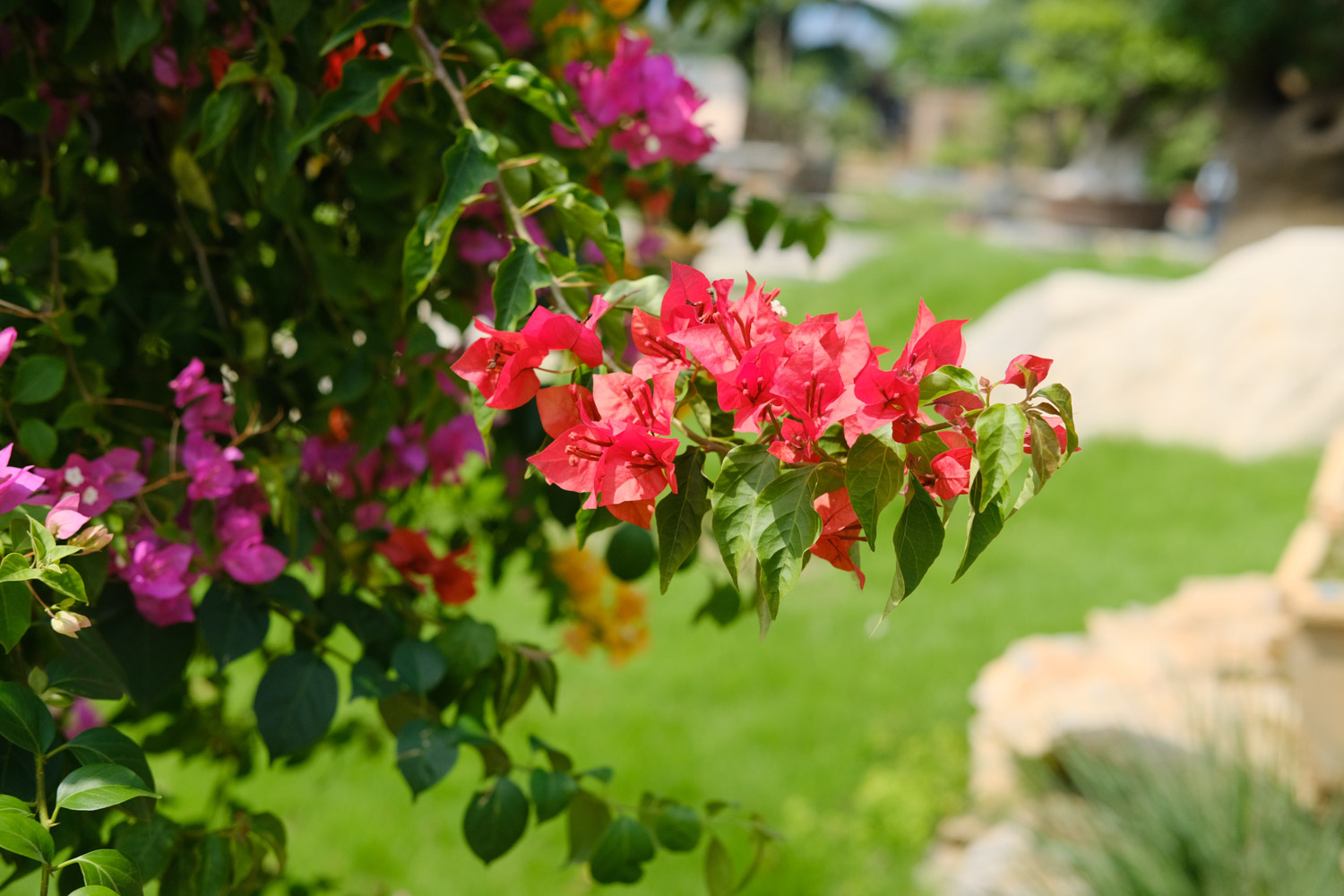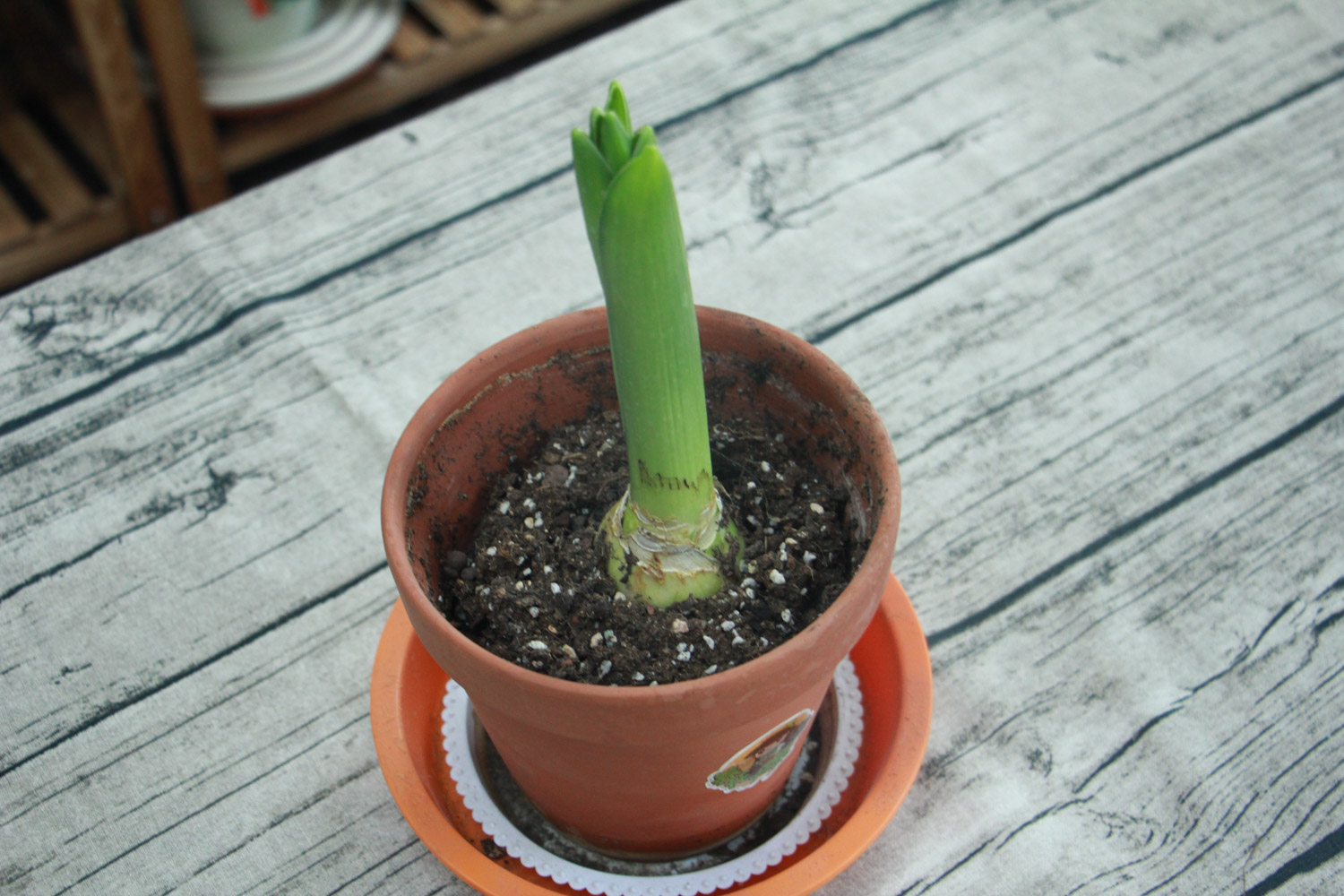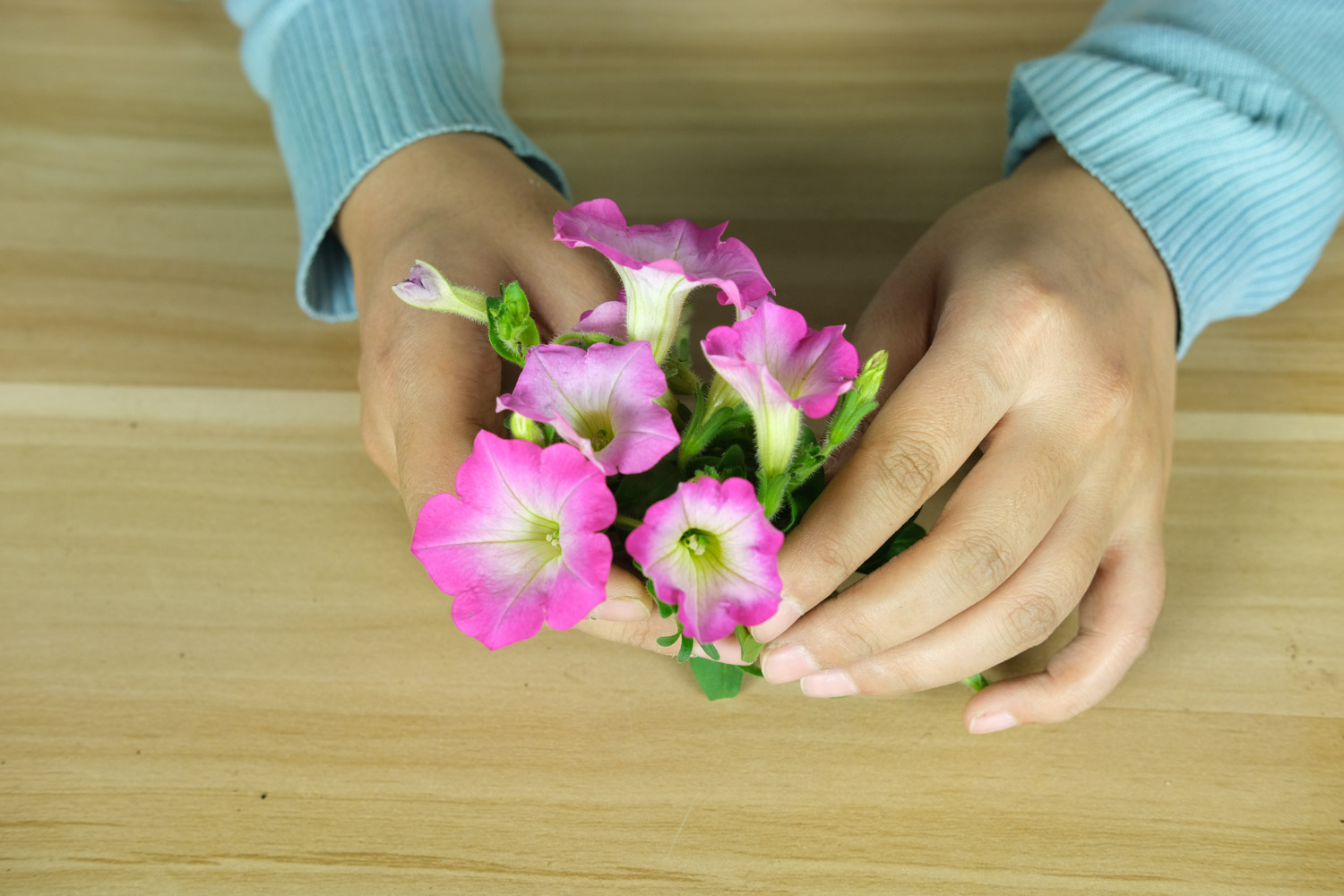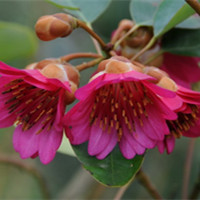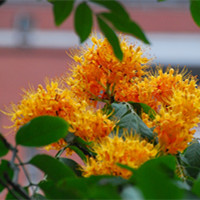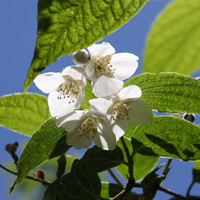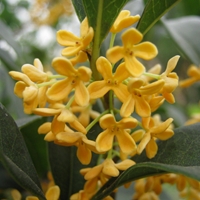The common name of Dahe brocade
Dahe brocade is commonly known as "triangular lotus seed grass"
Habits of Dahe brocade
Dahe brocade is a plant of stone lotus in Sedum family, native to Mexico. Suitable growth temperature: 18 ~ 25 ℃
Like warm, dry and sunny environment, not resistant to cold, semi shade and drought
Family maintenance often adopts sowing, cutting and branching for reproduction. Common diseases and pests include leaf spot and black weevil
Maintenance skills of Dahe brocade
Change basin: change basin every spring. When changing pots, cut the withered leaves and long fibrous roots at the base of the plant. The basin soil is a mixture of peat soil and coarse sand, plus a small amount of bone meal
Watering: watering once a week during the growth period, and the basin soil must not be too wet. In winter, it only needs to be watered 1 ~ 2 times to keep the basin soil dry. When the air is dry, do not spray water on the leaves, only spray around the pots so as not to cause rotting in the leaves. p>
Fertilization: fertilize once a month during the growth period. Do not stain the leaf surface with fertilizer solution
Light temperature: Plant shall be illuminated all day, but avoid sun exposure
Propagation method of Dahe brocade
Sowing: the seeds are sown immediately after maturity, and the suitable temperature for germination is 16 ~ 19 ℃
Cutting: high survival rate. At the end of spring, the whole rosette leaf cutting or fleshy leaf cutting can be used
Ramet: reproduce in spring
Suggestions for planting combination: hongzhiyu and jingtongzi
Supplement: when watering, use the extrusion curved nozzle pot to water along the edge of the flowerpot. Do not directly water the leaves


